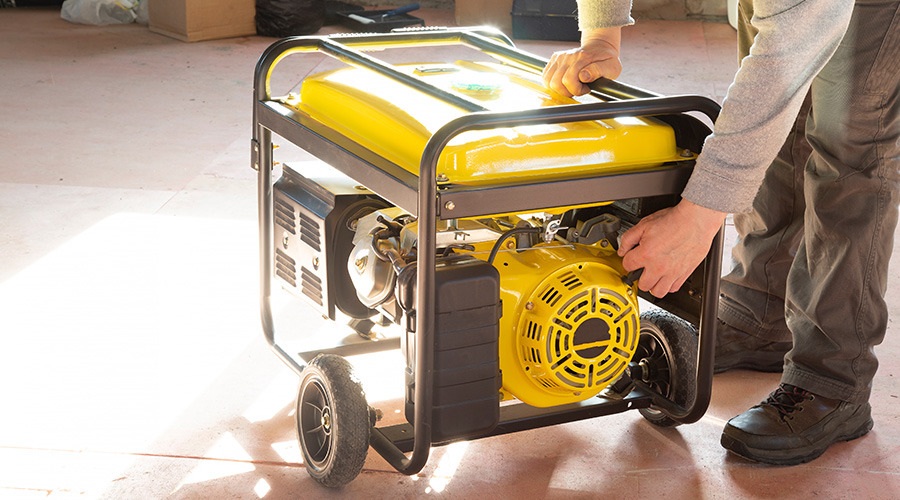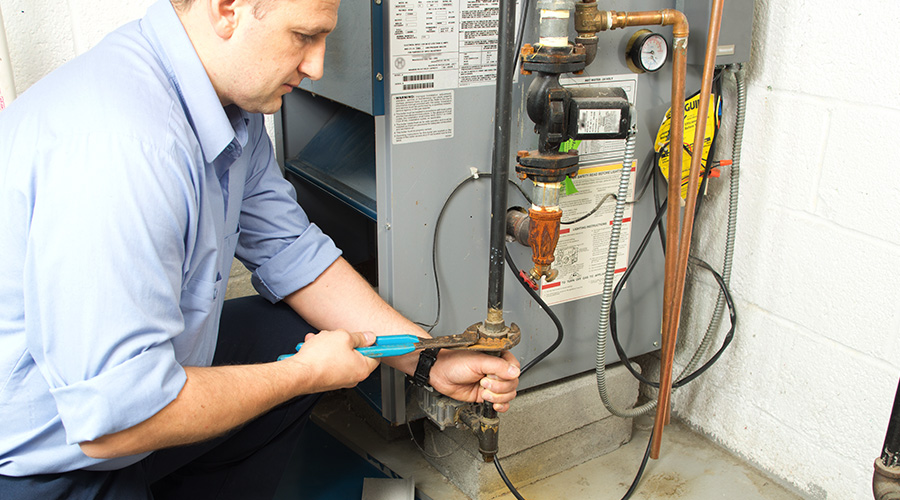
Generator Standard Addresses Carbon Monoxide Threat
Guidance on shutoff technology aims to reduce risk of injury from misuse of generators in enclosed spaces March 27, 2024
By Dan Hounsell, Senior EditorÂ
Generators are complex. They require a fuel supply, a combustion air supply and an exhaust pathway, and a cooling air supply and exhaust pathway. They are connected to electrical power systems via automatic transfer switches or switchgear, and they have extensive controls connectivity and alarms. Perhaps most problematically, they generate potentially dangerous combustion emissions.
To address the combustion issue, the Portable Generator Manufacturers’ Association (PGMA) recently released its new G300 Safety and Performance standard (ANSI/PGMA G300-2023), which includes carbon monoxide (CO) shutoff technology to reduce the risk of injury from misuse of generators in enclosed spaces.
The revised standard includes the same CO sensing technology from ANSI/PGMA G300-2018, which has a 99 percent reduction in deaths due to generators operating indoors where CO accumulates around the generator. G300-2023 modified the existing standard to lower shutoff thresholds, which will further address injuries associated with potential misuse of generators.
The standard applies to all portable generators 15 kW or smaller, including inverters, open frame and construction generators. Requirements also have been added to the updated standard for generators fueled by natural gas. The sensor technology expands the standard, which already includes safety and performance requirements for portable generators.
Dan Hounsell is senior editor for the facilities market. He has more than 30 years of experience writing about facilities maintenance, engineering and management.
Next
Read next on FacilitiesNet












